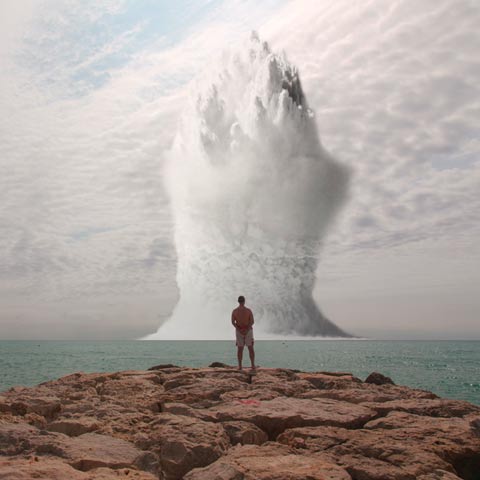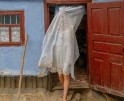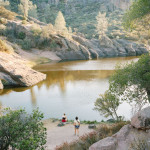CENTER AWARDS: Project Launch Juror Statements
Lenscratch has aligned with CENTER to showcase the recent winners of their Awards and Grants programs in an effort to celebrate photographers and learn from juror decisions. It is important to understand the juror’s perspective and decision making process before looking at the selected work, so immediately following this post, we will celebrate David Favod’s Project Launch winning project,GAIJIN.
The Project Launch grant is presented to an outstanding photographer working in fine art series or documentary project. The grant includes a cash award to help complete or disseminate the works as well as providing a platform for exposure and professional development opportunities. This grant is awarded to complete or nearly completed projects that would benefit from the grant award package.
The three jurors were Mauro Bedoni, from COLORS Magazine, Verna Curtis, Curator of Photography at the Library of Congress, and Christopher McCall, Director of Photography at Pier 24 Photography.
JUROR MAURO BEDONI, Photo Editor, COLORS magazine
The Project Launch grant submissions included many different kinds of art and documentary projects, mainly journalistic reportage, landscapes, portraits, fine art, architecture and still-life dealing with social, political, environmental and global issues, but also local and private moments. They were shot in many countries, although most in the US, and through different perspectives. But only a few projects advanced to my shortlist.
I judged the strength of the imagery first, but I also cared how the artist’s statement described and supported the project with words that images could not speak. In the final round, I elevated little-covered contemporary topics, excellently executed and formally consistent.
I appreciate that this grant selection process gives feedback to the photographers by letting them know how far they advanced in the rounds. For those who did not make the final selection, I invite you to carefully review the winning projects along with the juror’s statements to provide insights and guidance for your process of self-critique.
Every award has a specific purpose. The purpose of this one is to support the pursuit of a project and to give a project exposure and dissemination. I kept this premise in mind while making selections, encouraging promising talent and the photographers who chose topics that need to be explored more deeply, and who did so in experimental, intriguing and meaningful ways. At the end of the day, this is the challenge that contemporary photography has to meet in order to engage an audience.
Posts on Lenscratch may not be reproduced without the permission of the Lenscratch staff and the photographer.
Recommended
-
The International Women in Photo Association Awards: Lorraine Turci: The Resilience of the CrowMarch 16th, 2024
-
The International Women in Photo Awards: Natalia Garbu: Moldova LookbookMarch 15th, 2024
-
The International Women in Photo Association Awards: Rayito Flores Pelcastre: Chirping of CricketsMarch 14th, 2024
-
The International Women in Photo Association Awards: Alena Grom: Stolen SpringMarch 13th, 2024
-
The International Women in Photo Association Awards: Louise Amelie: What Does Migration Mean for those who Stay BehindMarch 12th, 2024

























































